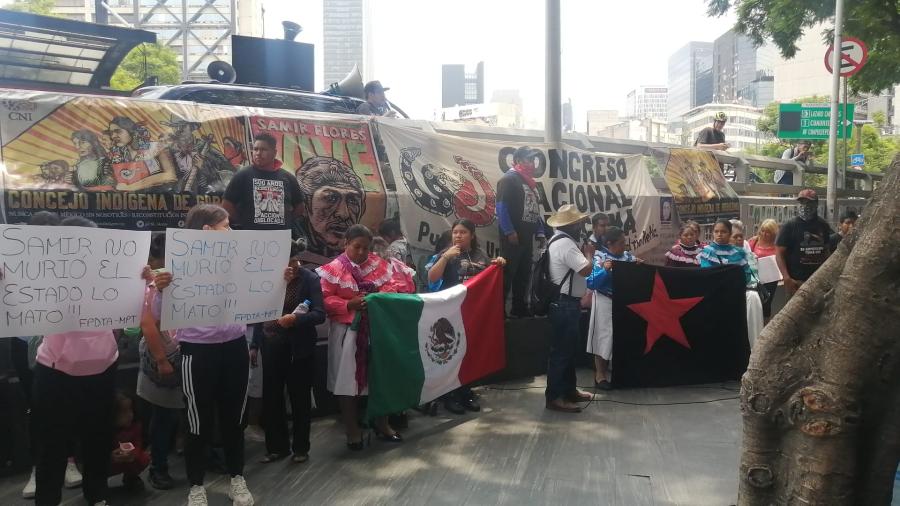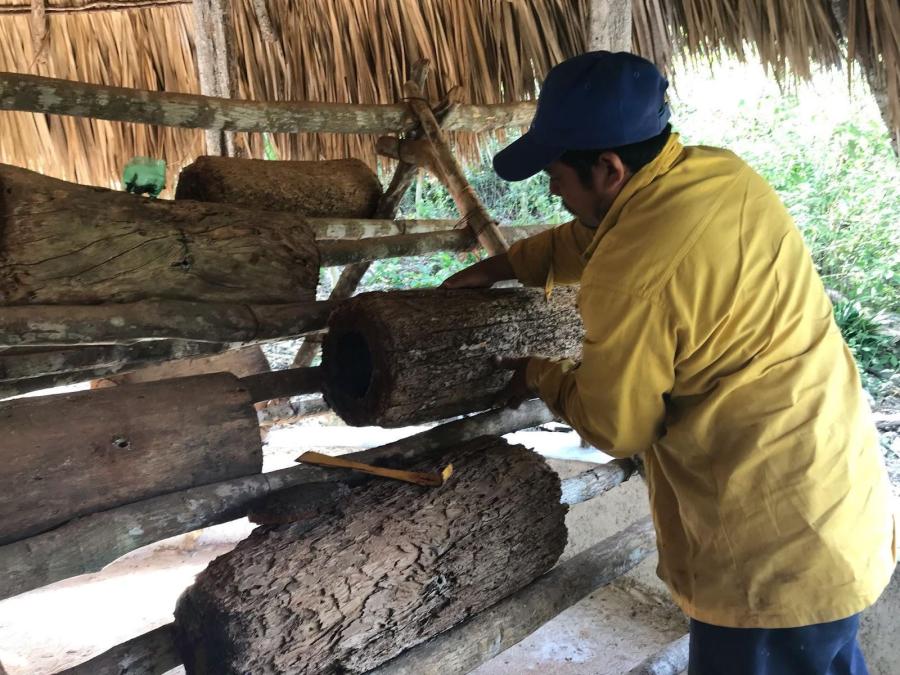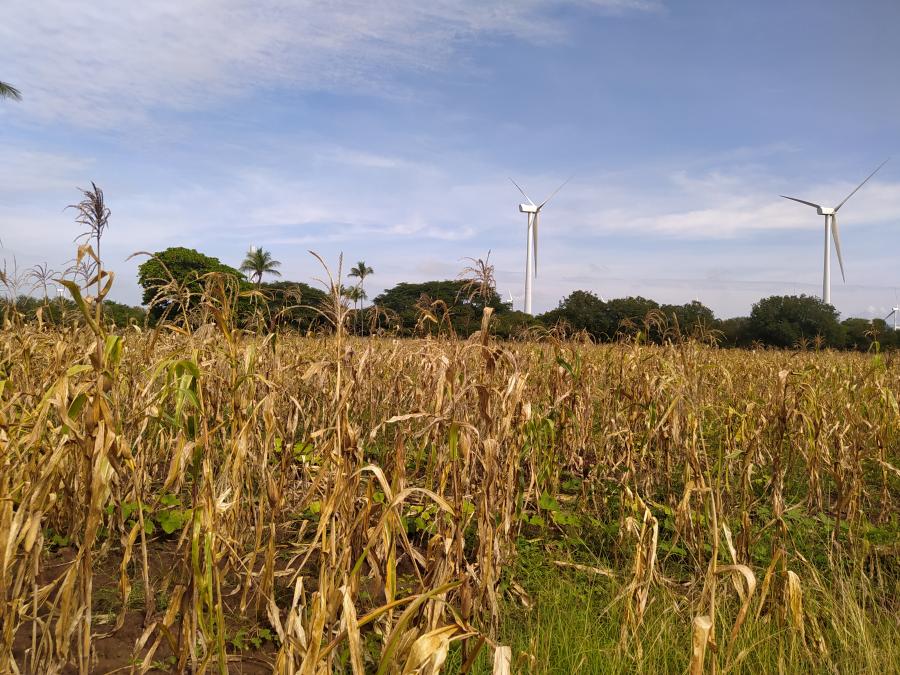In 1992, an innovative program called the Chiapas Photography Project was launched in Mexico to give cameras to indigenous people of several Mayan ethnic groups so they could document their own lives. One of the signal aspects of life documented by these indigenous photographers is their food. So far they have created a traveling exhibition about food and published three food-related books.
“These photographers take pictures of what they live daily,” say photographers Emiliano Gúzman Meza (Tzeltal Maya) and Genaro Sántiz Gómez (Tzotzil Maya) in the statement for the Nuestra Comida/ Our Food exhibition. “Daily food consists of beans, pozol (a corn drink), vegetables, tortillas with salt, and chile broth. Beef and chicken are occasionally eaten. Ritual food includes smoked meat, bitter atole (a boiled corn drink), and tamales. On other occasions the food is wild game.” The books go into greater detail about two especially important kinds of food—corn and chili—and a traditional sugar-based alcoholic drink called posh. In the book Pox/Posh: A Traditional Liquor from Chiapas, Tzotzil Maya photographer/author Genaro Sántiz Gómez draws on his experiences of his family’s posh factory to explore the religious and cultural significance of posh. “What appears in the images in this book is of great importance,” says the author. The book covers the use of posh by the indigenous highland villages of Chamula, Zinacantán, Tenejapa, Oxchuc, Huixtán, San Andrés, Chenalho, and Pantelho. “This document is important,” says Gómez, “because it contains valuable material for the new generations of Chamulans and those from my own birthplace, the Chamulan village of Crutztón, where the people have always been engaged in the production of this liquor. The word posh in Spanish comes from pox-il, a word that means ‘medicine’ in the Tzotzil language. People valued this liquor because it was the only remedy for illness. This is not the case today. We have entered a new period in which other remedies have appeared. I am describing the process for my Chamulan descendents because the use of posh is decreasing each year.”
In contrast to the decreasing use of posh, corn remains central to the life and culture of Maya peoples in Chiapas. In his book Ixim/Maíz/Corn, Tzeltal Maya photographer/author Emiliano Gúzman Meza explores the uses, traditions and cultural significance of corn in Chiapas:
In Chiapas, corn is eaten in a variety of dishes, the best known being tamales, atole, pinole, pozol, and, of course, tortillas. The corn root is used as a traditional medicine and the cornsilk can be taken as a tea for the kidneys. Green corn stalks are sucked on as a sweet snack.
When the corn is tender it can be cooked in atole (a drink), roasted, boiled, or prepared as sweet or regular tamales (corn dough alone or mixed with vegetables, chicken, or other meats, wrapped in a corn husk and steamed). These are typical foods in the Tzeltal and Tzotzil region. This young corn is called shobil waj in the Tzeltal spoken in the village of Tenejapa.
Traditional tamales are prepared with ground beans, called patz´ in the Tzeltal language. Usually they are prepared for traditional ceremonies and for one’s own consumption. When it is early in the corn season, tamales called xobil waj can be prepared. Bola, or ball-shaped, tamales can be prepared with many ingredients, including meats like chicken or pork. Corn leaves are used to wrap the tamales for steaming. Sour atole, a type of gruel, is prepared for some regional and national celebrations, such as All Saints Day, which is celebrated in the beginning of November. In those days it is the time of early, tender corn, and it is customary to prepare atole from this corn. It is used not only in fiestas, but also for special family occasions. These foods are part of regional traditions, belonging to the culture, an inheritance of the ancestors, that are still in practice in indigenous society.
Like corn, the chili remains prominent in Maya food. In the book Kichtik/Nuestro Chile/ Our Chili, Tzotzil Maya photographer/author Juana López López shows the wide range of chilies cultivated locally and available in the San Cristóbal market. This great diversity provides endless possibilities for enhancing and complementing the flavor of the basic diet of indigenous Maya peoples in Chiapas. Fundamental to daily life, chilies are used fresh or dried and in a variety of forms, both alone and as an ingredient in prepared dishes. The vast spectrum of colors, sizes, shapes, and textures of the chili is greatly admired, and these qualities are what Juana captures in her photographs.
Working within a culture noted for its rich visual language, the use of photography by indigenous Maya peoples in Chiapas has offered a new means to share aspects of their food and culture, both locally and beyond.
Carlota Duarte is the founder of the Chiapas Photography Project. It was created in 1992 as an artistic and educational project by and for indigenous photographers, enabling them to preserve their heritage through photography for future generations. For more information, visit their website at www.chiapasphoto.org. The author may be reached at cduarte@rscj.org.



